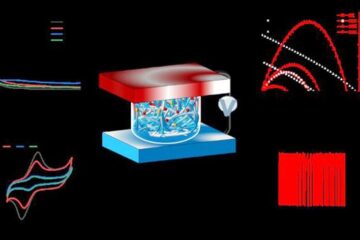Motorcycles emit ’disproportionately high’ amounts of air pollutants

Motorcycles collectively emit 16 times more hydrocarbons, three times more carbon monoxide and a “disproportionately high” amount of other air pollutants compared to passenger cars, according to a Swiss study to be published in the Jan. 1 issue of the American Chemical Society’s journal Environmental Science & Technology. The study, by Ana-Marija Vasic and Martin Weilenmann of the Swiss Federal Laboratories for Materials Testing and Research, found both two- and four-cycle motorcycle engines emitted significantly more of these pollutants than automobile engines.
Particularly worrisome are the high levels of hydrocarbons emitted by Japanese, German and Italian two-wheelers, according to the study. Some hydrocarbons have been linked to global warming, while others are suspected of being carcinogenic. Motorcycles aren’t a primary means of transport in most developed countries, the authors note. As a consequence, they say, “the importance of [motorcycle] emissions has been underestimated in legislation, giving manufacturers little motivation to improve aftertreatment systems.”
Until recently, for instance, U.S. emission standards for highway motorcycles hadn’t been updated in 25 years, despite the fact that these vehicles produced more harmful exhaust emissions per mile than cars or even large sports utility vehicles, according to the Environmental Protection Agency. However, a new EPA rule, which goes into effect in January, will require manufacturers to reduce combined emissions of hydrocarbons and nitrogen oxides in motorcycle exhausts by 60 percent. When the rule takes full effect in 2010, the EPA estimates it will reduce emissions of these pollutants by about 54,000 tons a year, and save approximately 12 million gallons of fuel annually by preventing it from evaporating from fuel hoses and tanks.
Media Contact
More Information:
http://www.acs.orgAll latest news from the category: Ecology, The Environment and Conservation
This complex theme deals primarily with interactions between organisms and the environmental factors that impact them, but to a greater extent between individual inanimate environmental factors.
innovations-report offers informative reports and articles on topics such as climate protection, landscape conservation, ecological systems, wildlife and nature parks and ecosystem efficiency and balance.
Newest articles

Superradiant atoms could push the boundaries of how precisely time can be measured
Superradiant atoms can help us measure time more precisely than ever. In a new study, researchers from the University of Copenhagen present a new method for measuring the time interval,…

Ion thermoelectric conversion devices for near room temperature
The electrode sheet of the thermoelectric device consists of ionic hydrogel, which is sandwiched between the electrodes to form, and the Prussian blue on the electrode undergoes a redox reaction…

Zap Energy achieves 37-million-degree temperatures in a compact device
New publication reports record electron temperatures for a small-scale, sheared-flow-stabilized Z-pinch fusion device. In the nine decades since humans first produced fusion reactions, only a few fusion technologies have demonstrated…





















